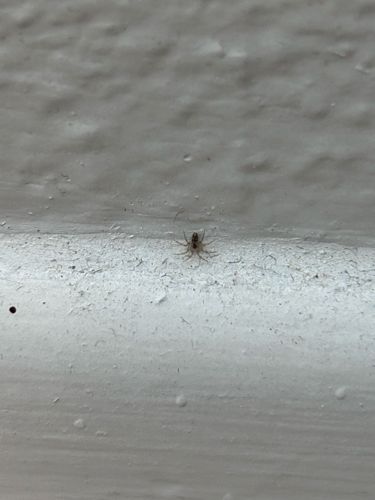Common House Spider
Scientific Name: Parasteatoda tepidariorum
Order & Family: Araneae, Theridiidae
Size: Females typically 5-8 mm in body length; males are smaller, around 3-4 mm. Leg span can be significantly larger.

Natural Habitat
Found worldwide in and around human dwellings, such as houses, sheds, and barns. They build their webs in corners, under furniture, in closets, and other sheltered, undisturbed areas.
Diet & Feeding
Carnivorous, preying on a wide variety of insects and other arthropods that get caught in their webs, including flies, mosquitoes, ants, and other spiders.
Behavior Patterns
Builds irregular, tangled, three-dimensional webs (cobwebs). They are sedentary, typically remaining in or near their web. The spider hangs upside down, waiting for prey. Females produce brownish, pear-shaped egg sacs which are hung within the web.
Risks & Benefits
Benefits: Highly beneficial as they provide natural pest control by preying on nuisance insects like flies and mosquitoes. Risks: Not aggressive and their bite is not considered medically significant to humans. The primary nuisance is the formation of unsightly cobwebs in homes.
Identified on: 11/6/2025